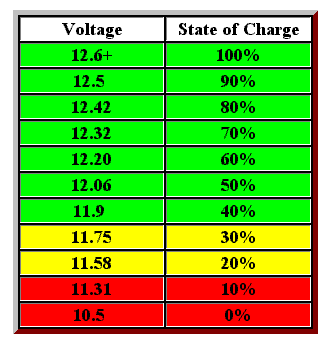- Joined
- Oct 4, 2019
- Messages
- 2,474
- Location
- Guildford
- Car
- E250 Avantgarde Estate, Alfa GTV V6, Vespa, Ducati, many bicycles...
Hi all
I wonder if anyone can cast any light on a couple of issues, or maybe just one issue!
I swapped out one of the power sockets in my 2011 s212 E250 for a triple usb with a voltage indicator. I added these to two other cars and they work really well, with 2 USB C and a usb.
In the Merc the resting battery charge is 12.1v and when idling it goes to 14.7. On my iCarsoft it comes up with no alternator faults.
I noticed today when driving that the indicator on the charging point drops to 12.1 when under load and then goes back up to 14 or so when I’m coasting. And it varies depending how much throttle I have on.
So firstly is this normal? I would think it should be charging at 14.7 regardless?
The other issue which I thought could be related is that I get a fault code for the aircon saying it’s not getting enough power and it blows cold intermittently. A10D21 - The power supply is too low. The signal amplitude is less then the minimum amplitude.
Any ideas? Could they be related?
Many thanks!
I wonder if anyone can cast any light on a couple of issues, or maybe just one issue!
I swapped out one of the power sockets in my 2011 s212 E250 for a triple usb with a voltage indicator. I added these to two other cars and they work really well, with 2 USB C and a usb.
In the Merc the resting battery charge is 12.1v and when idling it goes to 14.7. On my iCarsoft it comes up with no alternator faults.
I noticed today when driving that the indicator on the charging point drops to 12.1 when under load and then goes back up to 14 or so when I’m coasting. And it varies depending how much throttle I have on.
So firstly is this normal? I would think it should be charging at 14.7 regardless?
The other issue which I thought could be related is that I get a fault code for the aircon saying it’s not getting enough power and it blows cold intermittently. A10D21 - The power supply is too low. The signal amplitude is less then the minimum amplitude.
Any ideas? Could they be related?
Many thanks!

